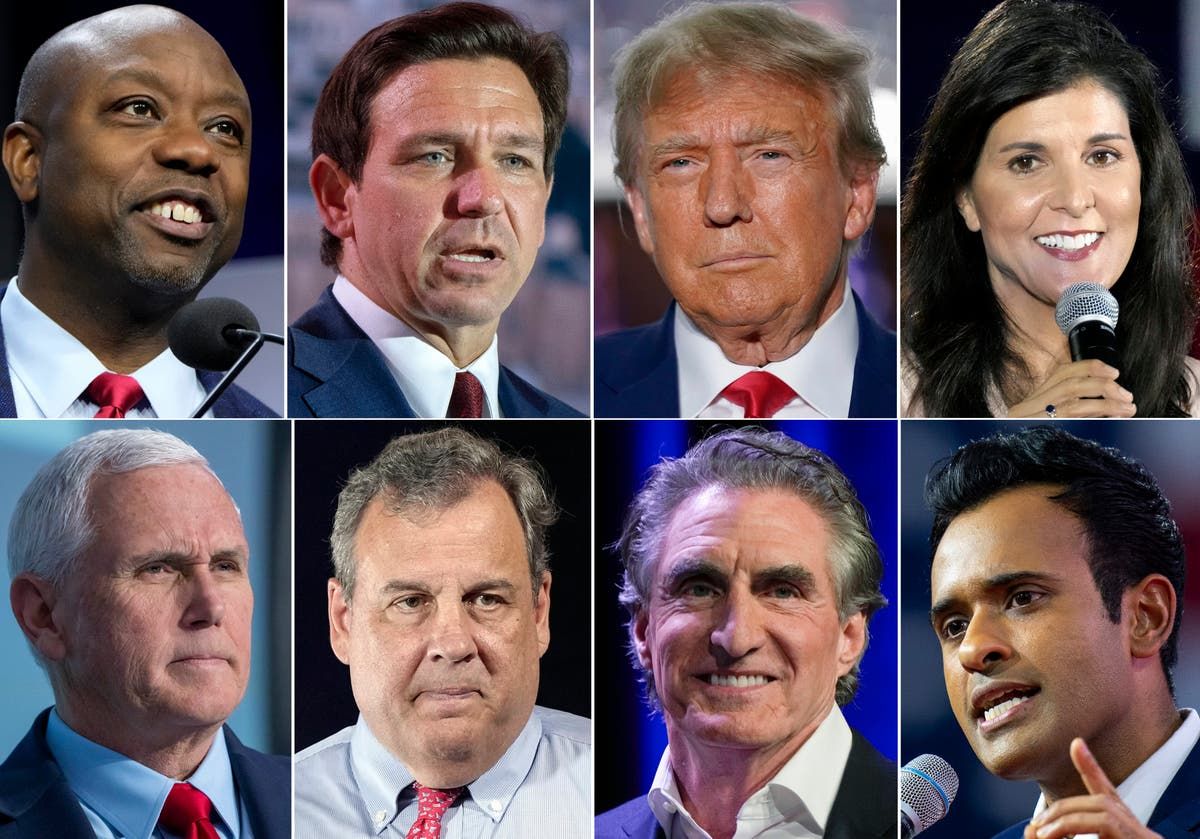Historical Significance of Presidential Debate Times

The evolution of presidential debate times reflects the changing dynamics of American politics and the evolving role of media in shaping public discourse. Debate times have been influenced by various factors, including political strategies, social norms, and technological advancements.
The Early Years: Limited Time and Audience
The first televised presidential debates occurred in 1960 between John F. Kennedy and Richard Nixon. These debates were groundbreaking, marking the beginning of a new era in political campaigning. However, the early debates were relatively short, typically lasting around 60 minutes. This limited time frame reflected the prevailing belief that audiences had a short attention span and that lengthy debates would be tedious.
- The 1960 Kennedy-Nixon debates were divided into four segments, each lasting 30 minutes. This format allowed for a more focused discussion on specific topics.
- The debates were broadcast live on television, reaching a vast audience. The visual impact of the debates was significant, with viewers able to observe the candidates’ demeanor and body language.
The Rise of Longer Debates and More Complex Issues, Presidential debate time
As the importance of presidential debates grew, so did the duration of the debates. In the 1970s and 1980s, debates began to extend beyond the traditional 60-minute mark. This shift reflected the increasing complexity of political issues and the need for candidates to have more time to present their positions.
- The 1980 Carter-Reagan debates featured a 90-minute format, allowing for a more comprehensive discussion of issues such as the economy, foreign policy, and social programs.
- The 1984 Reagan-Mondale debates followed a similar format, with the candidates engaging in lengthy discussions on a wide range of topics.
The Impact of Cable News and Social Media
The rise of cable news and social media in the late 20th and early 21st centuries has further influenced the format and duration of presidential debates. With the proliferation of news channels and online platforms, audiences have become more fragmented and demanding.
- The 2000 Bush-Gore debates were notable for their focus on specific issues and their use of town hall formats, allowing for greater audience participation.
- The 2008 Obama-McCain debates were characterized by a heightened level of media scrutiny and analysis, with social media playing a significant role in shaping public opinion.
Notable Debates and Their Impact on the Election Process
Throughout history, certain presidential debates have had a profound impact on the election process. These debates have often served as turning points in the campaign, shaping public perceptions of the candidates and influencing the outcome of the election.
- The 1960 Kennedy-Nixon debates are often cited as a pivotal moment in the history of presidential debates. The debates were widely watched, and Kennedy’s performance was generally perceived as more effective than Nixon’s. This perception is widely believed to have contributed to Kennedy’s victory in the election.
- The 1980 Carter-Reagan debates were significant for their focus on the economy and their impact on the public’s perception of Carter’s leadership. Reagan’s strong performance in the debates is widely credited with helping him win the election.
- The 2016 Clinton-Trump debates were highly contentious and widely watched, with both candidates making controversial statements. The debates were widely seen as contributing to the polarization of the American electorate.
Impact of Debate Time on Voter Engagement: Presidential Debate Time

The time at which presidential debates are held plays a significant role in shaping voter engagement. Debate times directly influence accessibility for different demographics, impact media coverage, and ultimately, affect voter turnout.
Correlation Between Debate Times and Voter Turnout
The timing of presidential debates can have a measurable impact on voter turnout. Research suggests that debates held during prime-time hours, when more people are likely to be watching television, generally result in higher viewership and potentially higher voter turnout. For instance, the 2020 presidential debates, held at 9:00 PM EST, were watched by a large audience, contributing to a high voter turnout in that election. Conversely, debates held during less popular times, such as early evenings or late nights, may attract fewer viewers, potentially leading to lower voter turnout.
Accessibility for Various Demographics
Debate times directly influence the accessibility of debates for different demographic groups. For example, debates held during prime-time hours may be less accessible to working parents, shift workers, or individuals with family commitments. Conversely, debates held during earlier evening hours may be more accessible to families with young children. Furthermore, debates held during weekdays may be less accessible to students or individuals with busy schedules.
Influence on Media Coverage and Public Discourse
The timing of presidential debates significantly influences media coverage and public discourse. Debates held during prime-time hours are more likely to receive extensive media coverage, leading to increased public awareness and discussion. This increased coverage can potentially lead to greater voter engagement and a more informed electorate. Conversely, debates held during less popular times may receive less media attention, limiting public discourse and potentially hindering voter engagement.
Presidential debate time is always a hot topic, a moment where the nation holds its breath and listens intently. But before the fireworks start, we need to know who will be the referee, the one who keeps the candidates in line and ensures a fair fight.
The question on everyone’s mind is, who will moderate the next presidential debate ? This decision will heavily influence the tone and focus of the debate, shaping how the public perceives the candidates and their platforms. So, the countdown to presidential debate time begins with a very important question.
Presidential debate time is always a hot topic, especially when you consider the impact it can have on shaping public opinion. It’s fascinating to see how media figures like linsey davis navigate the complexities of political discourse and offer their insights to viewers.
The debates themselves are a microcosm of the larger political landscape, reflecting the diverse perspectives and challenges facing our nation.
